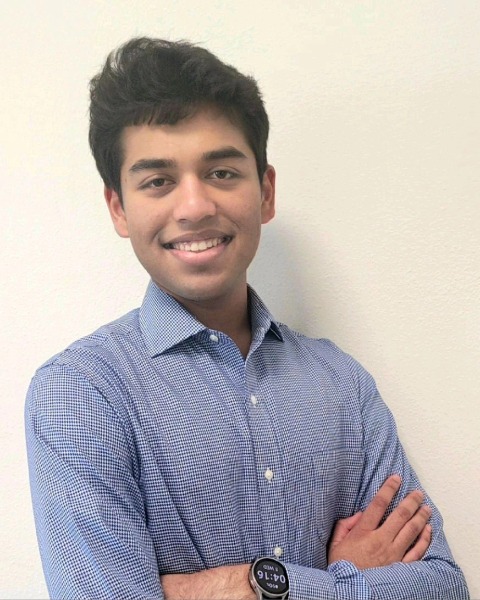Basic Science
Data-Driven Approach to Detecting High Carbon Footprint During Transforaminal Lumbar Interbody Fusion
Friday, February 21, 2025

Shrinit Babel, MS2
Medical Student
University of South Florida Morsani College of Medicine
Presenting Author(s)
Disclosure(s):
Shrinit Babel, MS2: No financial relationships to disclose
Introduction: Environmentally sustainable spinal surgery is gaining attention, such as in the context of curbing the carbon footprint of anesthesia during transforaminal lumbar interbody fusion (TLIF) surgeries. There is no system to date focused on detecting high carbon dioxide-equivalent (CO2e) emissions intraoperatively, while accounting for patient-specific factors. Inspired by anomaly detection techniques in geological carbon sequestration, this study applies LSTM Autoencoder (LSTM-AE) to detect real-time significant CO2e emissions, beyond clinical necessity, during TLIF procedures.
Methods: We used a dataset from Tufts Medical Center published in 2022, which included anesthesia records and calculated CO2 equivalents for each patient (n = 100) undergoing single-level TLIFs. A two-stage anomaly detection approach was applied: first, using LSTM-AE to identify anomalies based on a 95th percentile threshold, followed by applying Isolation Forest (IF) to the LSTM-AE reconstruction errors. Demographic and surgical information such as surgery duration, age, and BMI were incorporated for feature analysis. Subsequently, real-time detection with the LSTM-AE was simulated using the time-series data provided.
Results: The LSTM-AE identified three high-emission anomalous surgeries, with a mean CO2e of 41,793 g and average time of 158 minutes, compared to non-anomalous cases with a significantly lower mean CO2e of 22,247 g with a shorter average surgery time of 122 minutes. The IF agreed with the classifications by LSTM-AE, yet also flagged two anomalies with significantly lower mean CO2e (4,401 g). Feature analysis revealed that surgeries with higher emissions involved patients with a higher average body mass index (33.1) than non-anomalous patients (27.6). The real-time simulation successfully demonstrated the operational capability of the LSTM-AE, with alerts every 15 minutes when exceeding the reconstruction error threshold.
Conclusion : The LSTM-AE algorithm effectively identified high-emission single-level TLIFs. Real-time simulation provided alerts based on CO2 emissions and patient context, suggesting its promise in clinical support through a feedback loop system. Future research can build upon this foundational technique to personalize sustainable surgery protocols that minimize healthcare carbon footprint without compromising standards of care.

.jpg)